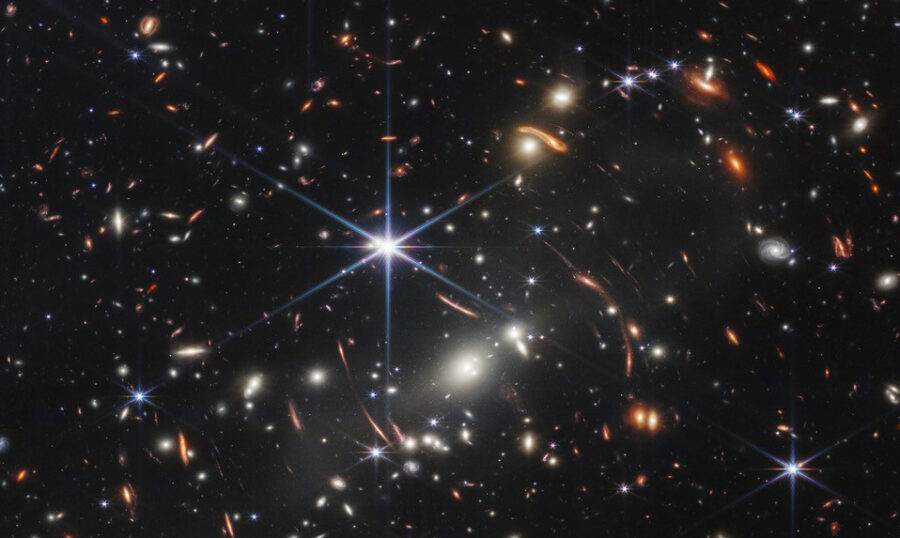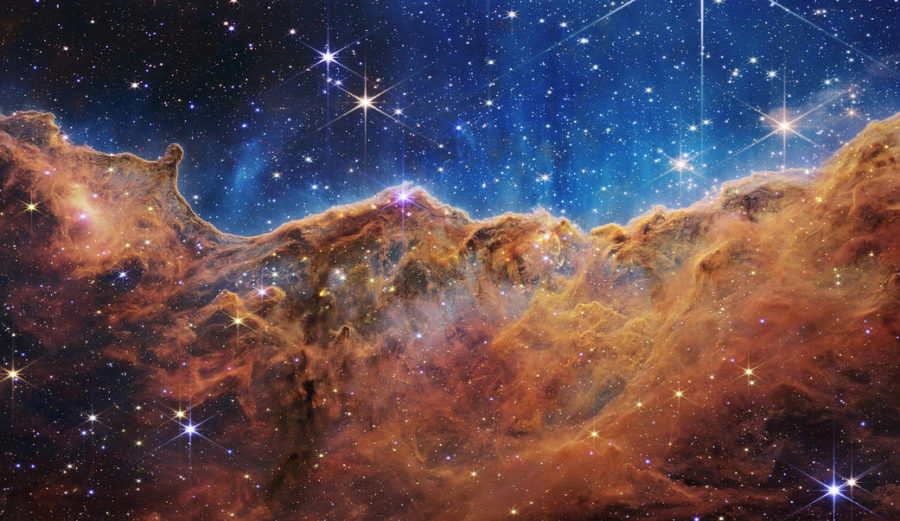A puzzle in the infant universe

Because of the finite speed of light and radiation, the further into space you look, the further back in time you’re seeing. Such is astronomers’ prowess with this cosmic capacity that they are able to see back to an era when the universe was still glowing brilliantly after its birth during the Big Bang.
That glow is in the microwave spectrum and covers the whole sky, providing a background against which everything else is seen. It’s the oldest light we can detect and is one of the reasons astronomers are so confident in their estimate of the universe’s age – some 13.8 billion years.
Another remarkable consequence of looking back in time is our ability to see how the universe has evolved throughout its history. After the Big Bang came the “Dark Ages”, during which no stars shone for the first hundred million years or so. When the first stars formed, gravity assembled them by the billions into infant galaxies. The stars were fuelled by hydrogen formed in the Big Bang. But the nuclear processes within them created elements heavier than hydrogen – carbon, oxygen, iron and so on – that were eventually dispersed into their surroundings at the end of the stars’ short lives. That enriched gas formed the raw material of the next generation of stars, and successive generations continued the process as the universe evolved.
When today’s astronomers look back through time, they expect to see this process in reverse: the further back we look, the lower the levels of those heavier elements should be.
But here’s the puzzle that’s brought this issue into the media spotlight. Using the James Webb Space Telescope, an international team of astronomers has observed a faint galaxy that can be seen only 350 million years after the Big Bang. Unexpectedly, they found evidence for significant amounts of carbon, which is not expected to be as abundant so early in the universe’s history. Like any discovery that defies our understanding, this has prompted a search for likely explanations, including a rethink of the carbon production in exploding first-generation stars. It will also spur on astronomers to observe other infant galaxies, to see if they share this unexpected carbon enrichment.
 Related: First images from James Webb Space Telescope reveal distant galaxies in mind-blowing detail
Related: First images from James Webb Space Telescope reveal distant galaxies in mind-blowing detail





